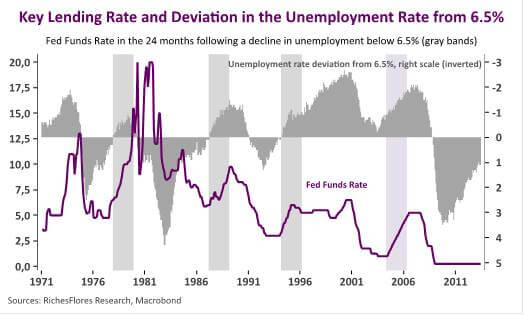Download
1-Auto Industry 2-Capital Investment in France 3-Consumer Spending in Spain
Although there are still legitimate concerns about the future of the euro area, the recession is definitely over. Like all such episodes, this one comes with a number of pleasant surprises. Here are the three main ones:
• The first and most significant surprise from the investor standpoint is a recovery in Europe’s auto industry, along with improved stock performance for the firms involved.
• The second—and much more surprising—surprise is that the indicators we track on the French economy show a brighter outlook for industrial investment in France
• The third, and possibly most important surprise—given the risks that Spain’s sluggish economy pose for Europe as a whole—is that spending by Spanish consumers is clearly trending upward.
While none of these surprises taken alone has enough weight at this point to convince us to make any major changes to our growth forecasts, they each help restore a modicum of confidence—perhaps even with unexpected repercussions.


